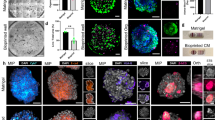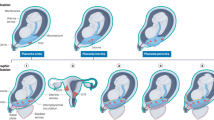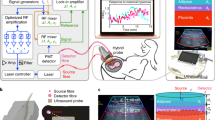Abstract
IN the course of an investigation of hormones of human placenta, we came across a substance which showed strong blood-coagulating properties. Freshwater extracts of placenta contain this factor. Their activity diminishes when they are kept at room temperature or in a refrigerator. It is not removed from the extracts by dialysis at 0°C. On filtration through a Seitz filter, the active substance remains on the asbestos fibre. By extracting the filter with distilled water or saline, we obtained a solution possessing the properties of thromboplastin. The resulting slightly opalescent solution is more stable and can be stored for at least one month in a sealed container in a refrigerator without loss of potency. It gives a weak positive reaction with sulphasalicylic acid.
This is a preview of subscription content, access via your institution
Access options
Subscribe to this journal
Receive 51 print issues and online access
$199.00 per year
only $3.90 per issue
Buy this article
- Purchase on SpringerLink
- Instant access to full article PDF
Prices may be subject to local taxes which are calculated during checkout
Similar content being viewed by others
References
Quick, A. J., Amer. J. Clin. Path., 10, 220 (1940).
Reichel, C., Klin. Wochschr., 21, 862 (1942); Chem. Abstr., 38, 2669 (1944).
Quick, A. J., Amer. J. Physiol., 140, 212 (1943).
Author information
Authors and Affiliations
Rights and permissions
About this article
Cite this article
FINKELSTEIN, M. Thromboplastic Activity of Placenta Extract. Nature 155, 202–203 (1945). https://doi.org/10.1038/155202b0
Issue date:
DOI: https://doi.org/10.1038/155202b0
This article is cited by
-
Cancer research at Saint Luke’s Hospital
Irish Journal of Medical Science (1970)
-
A Screening Test for Substances inhibiting the Cancer Coagulative Factor
Nature (1965)



